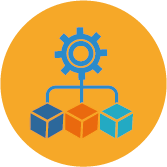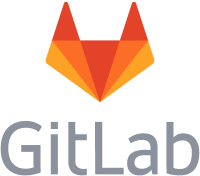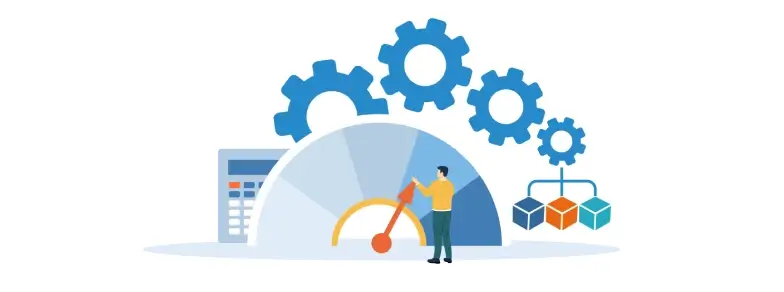by Michel Mouchon
Modernizing IBM i applications has become a strategic priority for businesses looking to stay competitive while preparing their infrastructure to integrate modern technologies. Although transitioning from a monolithic architecture to microservices-based architecture may seem complex, this transformation, when well-planned, becomes a powerful growth driver. Here’s a guide to understanding the challenges, steps, and benefits.
1. Why Modernize Your IBM i Applications?
IBM i applications are rich with valuable and unique business logic. However, their architecture, often composed of monolithic programs, presents significant challenges, especially in terms of maintenance, flexibility, and integration with modern technologies like cloud computing or mobile applications.
The benefits of modernization are numerous:
- Improved performance: Microservices enable faster execution and better-controlled load distribution.
- Cost reduction: Less repetitive maintenance due to a finer function breakdown that avoids code redundancy, easier and more automatable testing.
- Enhanced compatibility: Better integration with current web and mobile interfaces.
Note: By modernizing your IBM i applications, you retain the benefits of the platform (security, scalability, robustness), extend their lifespan, and adapt them to emerging technological needs.
2. What Are the Limitations of Monolithic Architectures?
Monolithic architectures have several drawbacks:
- Increasing complexity: A simple change can unpredictably affect other parts of the application.
- Difficult maintenance: The code becomes harder to evolve over time.
- Lack of scalability: It’s impossible to develop or update a single part without affecting the entire system.
Why are these limitations critical today?
Companies must be able to respond quickly to market changes and integrate with third-party systems, an imperative often hindered by monolithic architectures. Application risk management is a key concern, and monolithic architectures create a debt that increases costs and risks.
Tip: A gradual transition is possible by using tools like ARCAD Transformer Microservices, designed to simplify the transition from monolithic systems to modular code and microservices.
3. Understanding Microservices Architecture and its Benefits
A microservices architecture involves breaking down the IBM i application into independent, reusable modules, each dedicated to a specific function. These modules work independently while communicating with each other via APIs.
The main advantages of microservices are:
- Flexibility: Updates or redeployments do not impact the entire system.
- Scalability: Each module can be optimized individually based on its performance needs.
- Accelerated innovation: Adding or modifying features becomes quick and easy.
- High maintainability: Code sets are smaller, easier to understand, and testable. They enable
Tip: Microservices allow you to open your IBM i applications to cutting-edge technologies, such as cloud computing, mobile interfaces, and web applications.
4. How to Transition from IBM i Applications to Microservices?
Here are the key steps to successfully making this transition:
- Analyze the existing code: Identify the monolithic code blocks to transform into independent modules.
- Extract critical functions: Isolate business rules to encapsulate them in reusable modules.
- Automate the process: Use tools like ARCAD Transformer Microservices to simplify this transition.
- Create RESTful web services: Expose the modules as services accessible to modern applications.
- Test and deploy gradually: Check the performance and integration of new microservices before full production deployment
Good to know: Automation can reduce manual efforts by up to 70% and minimize the risk of errors.
5. Essential Tools for Successful Transitions
Transitioning to a microservices architecture requires specialized tools to reduce costs and risks. ARCAD Transformer Microservices is an all-in-one solution that makes this process faster and more secure.
Why choose this tool?
- Full automation: Analyzes usage of each line of code, variable interactions, extracts code into modules/external service programs, refactors code, and creates web services.
- Complete compatibility: Works with all RPG variants.
- Ease of use: Intuitive interface accessible even to less experienced developers (many safeguards to avoid extraction errors are provided by the code audit module).
Tip: Combine this tool with ARCAD iUnit for unit testing and ARCAD for DevOps for comprehensive deployment management.
Conclusion
Modernizing your IBM i applications by adopting a microservices architecture is a true strategic opportunity. It enhances competitiveness, reduces costs, and enables rapid adaptation to market changes. With tools like ARCAD Transformer Microservices, this transformation becomes accessible and less risky.
Ready to take the leap? Discover today how to transform your IBM i applications to face tomorrow’s challenges.

Michel Mouchon
CTO and VP of Strategy
Technical Director at ARCAD Software since 2000, Michel Mouchon plays a key role in the company’s technical strategy and coordination of R&D, engineering, and consulting teams. As a DevOps expert, he focuses on modernizing applications, methods, and tools. Holding dual degrees in electronics and software engineering, Michel has versatile IT skills. His communication talent and expertise are widely recognized within the international IBM i community.

REQUEST A DEMO
Let’s talk about your project!
Speak with an expert


























